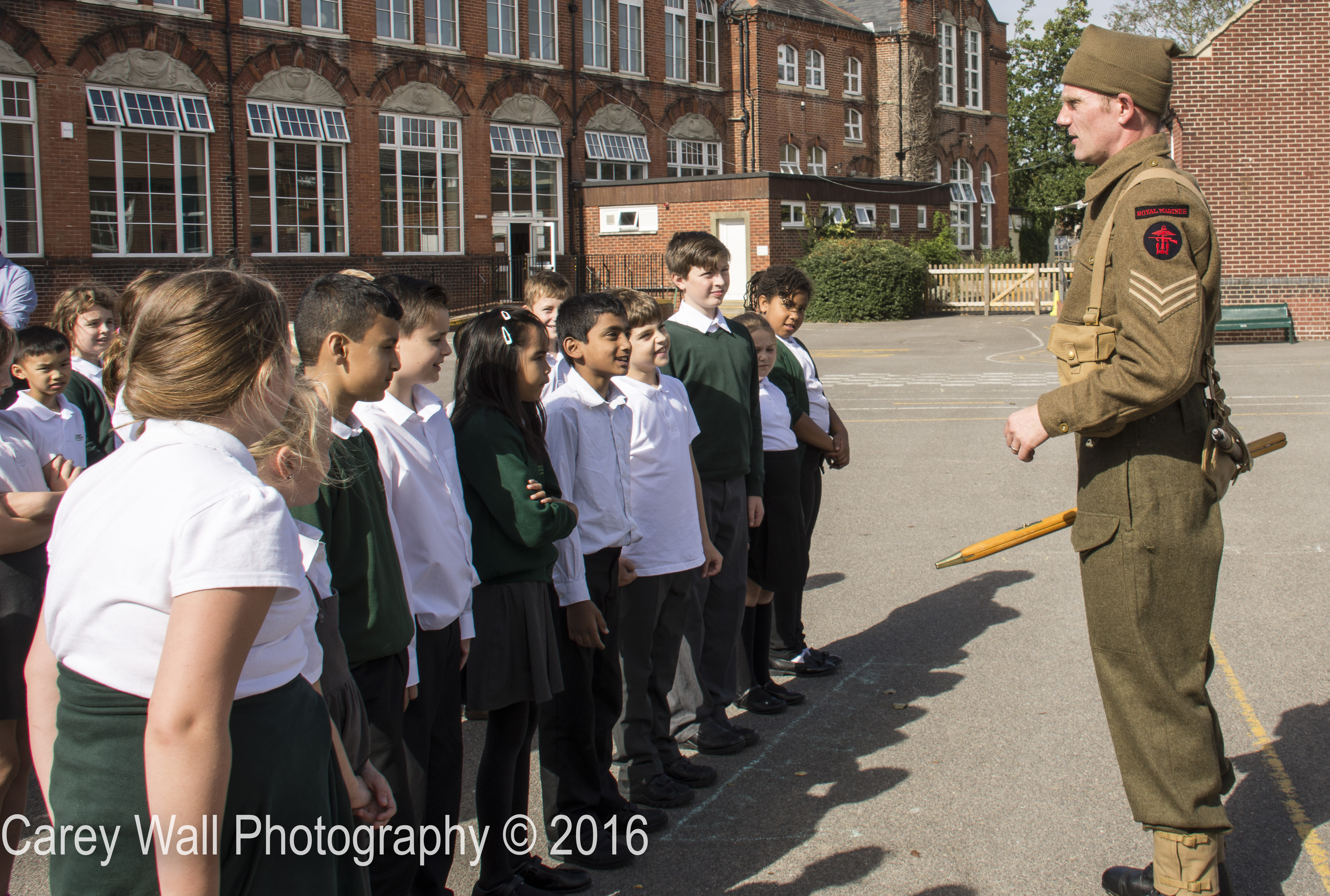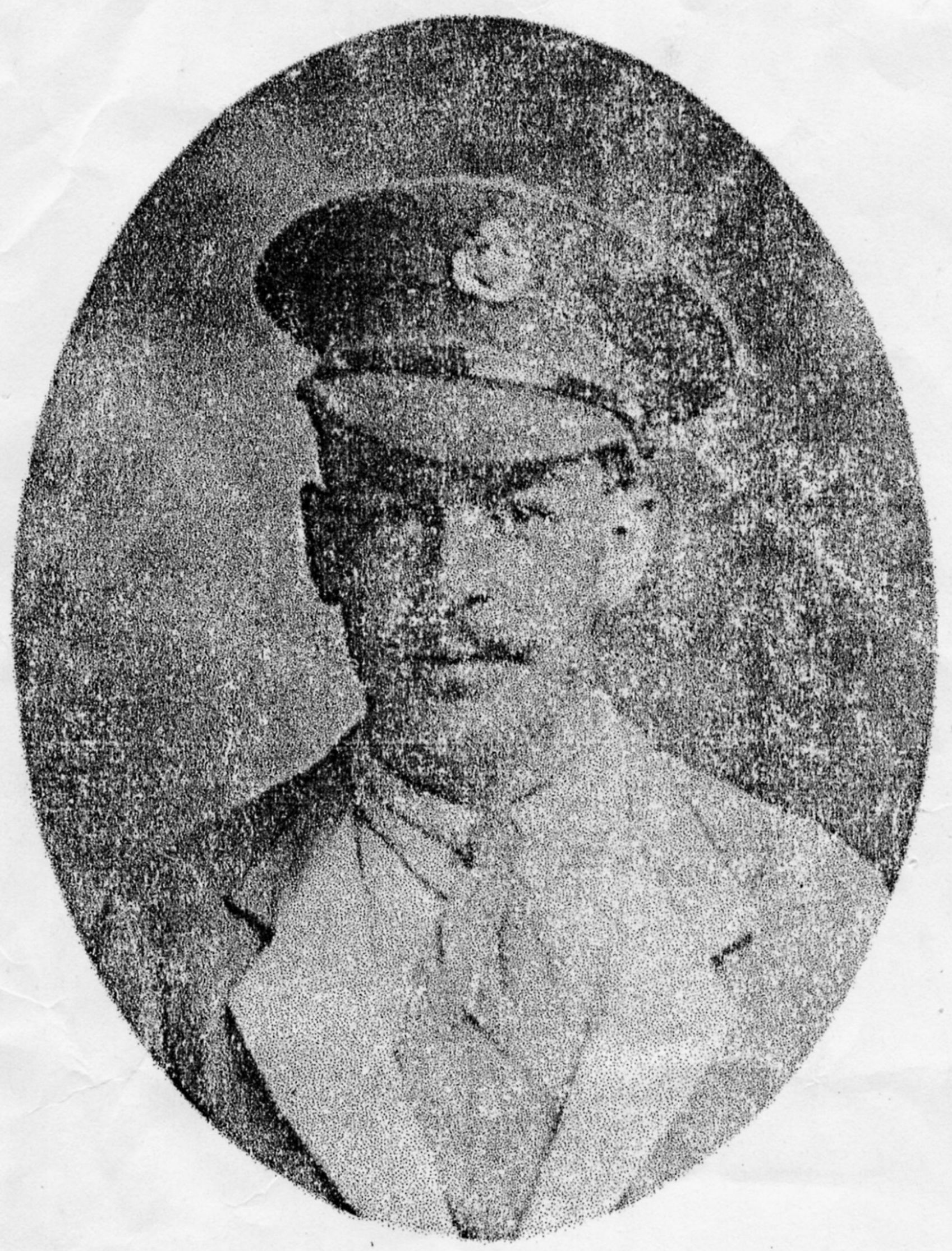Remembering Remembrance
Last week I was delivering drill sessions in Portsmouth schools. I was in the playground in the baking heat of an Indian Summer. In layers of wool and cotton I was beyond toasty warm. I was sweating buckets marching around playground suntraps.

Looking stern
It’s easy in such conditions to kid yourself that it’s still summer and not the last week of September. It’s easy to revel in the warmth of the moment and ignore the inevitable fact that the year is turning.
September. The turn of the seasons means one thing here at Past Participants: it’s time to start gearing up for November. It’s time to start gearing up for Remembrance.
It’s the best of times
I apologise for paraphrasing one of Portsmouth’s most famous sons.
I love Remembrance season. It’s a subject that really seems to connect with teachers and students alike. It’s a subject where I feel I really make an impact. It’s a subject that’s important.
It’s also the busiest time of the year because of all of that.
I shall spend most of November visiting the schools of Hampshire delivering Remembrance sessions. More often than not that also means delivering drill sessions in their playgrounds. The same playgrounds that, in September, were dappled in late summer sun are now blasted by a freezing wind. They really give an immersive feel to the whole Remembrance experience. It can also be really cold so the children are wrapped up against it while muggins is in the same kit that he was wearing back in September. It’s thick wool so it’s warm and, to a certain extent, waterproof but it’s not windproof.
I can live with that, it’s what I signed up for.
The stories we tell in our remembrance sessions are really powerful. Some are from the Great War discovering the experience of soldiers on the front line. Some are from the Second World War where we find out about the crews of Landing Craft as well as the soldiers on the beach.
It’s the worst of times
Not all of the stories turn out well for those concerned. That only makes them more powerful. Telling them properly and doing them justice means putting everything into it. It’s only fair.

Pte Andrew Turnbull RM
Think about it for a moment. Every time I deliver a Remembrance session, I introduce the group to a person who, I know, isn’t going to make it to the end of the session. Every session, I put myself through the emotional wringer to make sure I’m doing it properly. Every single session. There’s no shortcut, no way of insulating myself from it: it’s got to be done properly.
What that means for me is that the season really takes its toll on me emotionally. It’s important and I don’t begrudge it but, by the end of it, I am pretty wrung out from going through that process so often.
Am I looking forward to it?
Of course I am.
The effect that the sessions have on students and teachers alike make all the hard work, the cold, the emotional challenges all worthwhile. The fact that students remember these people years after they’ve taken part tells me this is worth doing.
I get a huge reward out of teaching Remembrance and from feeling that I am making a small but positive difference to the world.



